Desired features of the final locomotive are here:
- go forward/backward, stop
- front and rear lights
- automatic shutdown (same as the original engine)
- remote control
- power & TX indication LEDs
- RX indication LED
- preserve the audio - power the original PCB on the engine; top button wired to MCU to allow using the engine without remote
- short press - go forward
- long press - go backward
 Simon Fojtu
Simon Fojtu
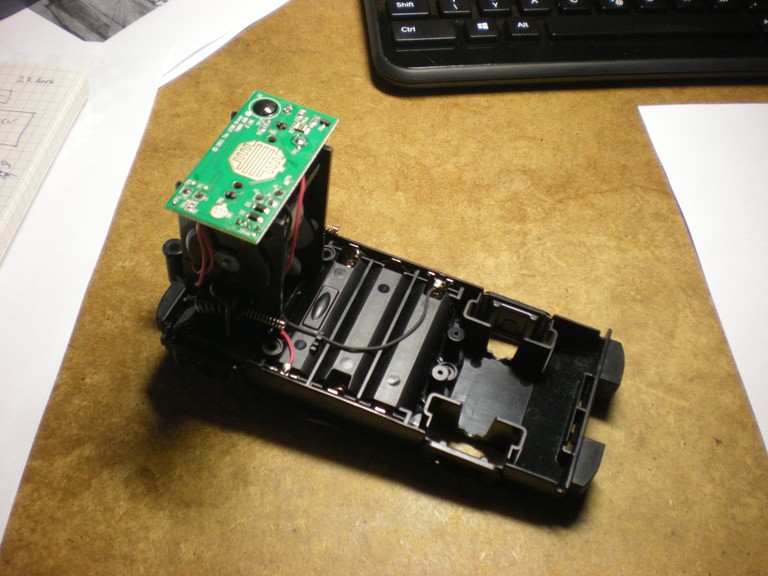
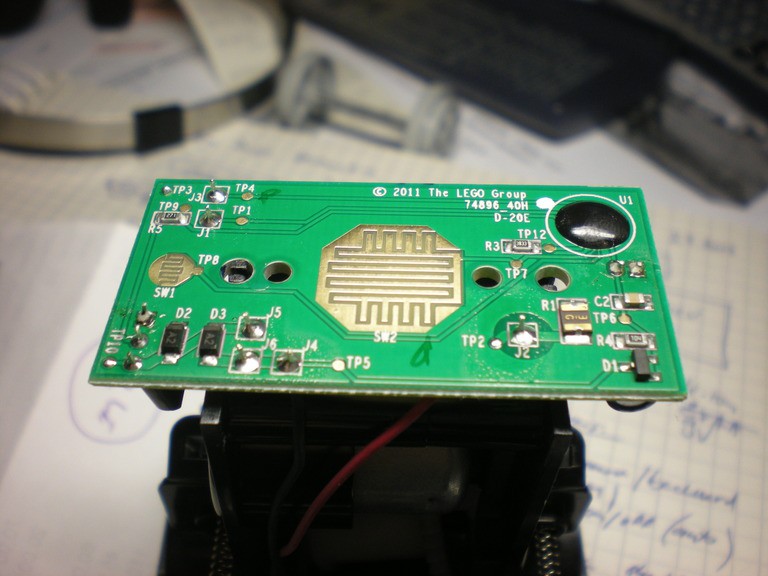
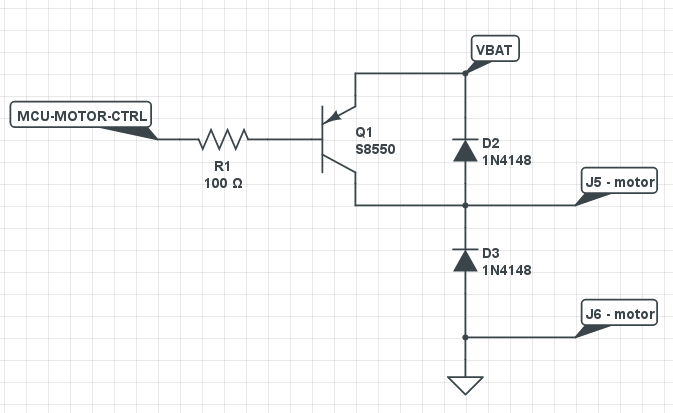
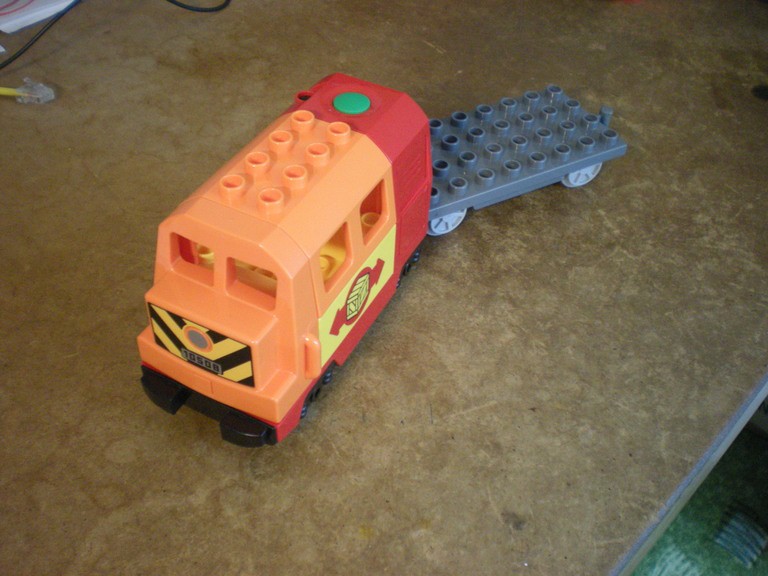
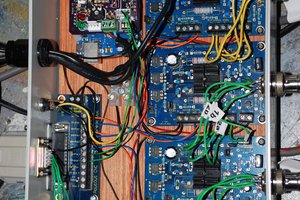
 matt venn
matt venn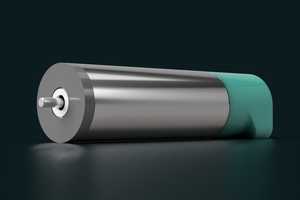
 kelvinA
kelvinA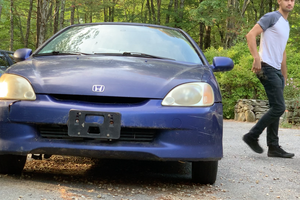
 Adam Curtis
Adam Curtis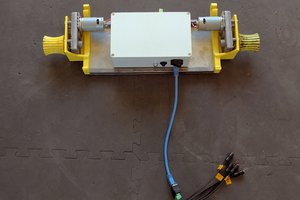
 Mike Turvey
Mike Turvey